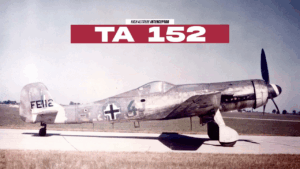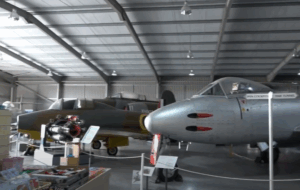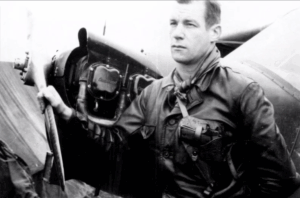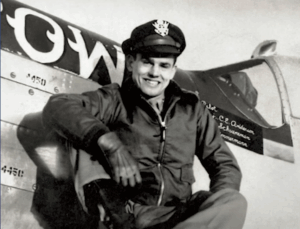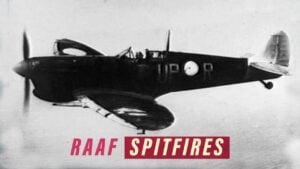Watch a Restored and Colorized WWII Footage of Lancasters and A-20 Havocs Raid

Warchive / YouTube
Preparing for the Mission
In the darkness of a Royal Air Force airfield in northern Britain, crews and ground personnel work with precision. Tonight, Lancaster bombers will take off for another raid deep into German territory. Each aircraft is loaded with four tons of explosives, carefully prepared for a high-impact attack. The scene repeats across multiple airfields, demonstrating the scale of the bombing effort.
Inside a briefing room, officers deliver final instructions to the crews. Maps, weather reports, and intelligence updates are analyzed to ensure the mission has maximum impact. The commanding officer reminds the airmen of their task, stating that the world is watching their efforts. There is no uncertainty—the target is identified, and the attack is imminent.

Lancasters Take to the Skies
Engines roar to life as crews board their Lancasters. The night air is filled with the deep hum of multiple bombers rolling down the runways. From airfields scattered across Britain, the aircraft lift off one by one, disappearing into the darkness. The mission has begun.
As night gives way to dawn, another wave of aircraft prepares for the next phase of the offensive. The A-20 Havocs, also known as Bostons, are readied for a daylight assault. Pilots, gunners, bombardiers, and navigators step into their positions, knowing their job is to keep the pressure on the enemy. There can be no pause in the bombing campaign.
Low-Altitude Approach Over the Channel
The A-20s speed eastward, flying low over the English Channel to evade detection. Skimming just above the water, they avoid potential threats before reaching the enemy-controlled coastline. Their true targets lie farther inland, in industrial cities crucial to German war production. Essen, Düsseldorf, and Hamburg are among the key locations frequently bombed, aiming to disrupt manufacturing and transportation networks.

Bombs Strike the Targets
Once over the target, the bombardiers release their payloads. Explosions ripple across factory districts, railways, and supply centers. The bombs carve through Germany’s ability to sustain its war effort, with each successful strike adding to the damage. Black smoke rises from the destruction as the aircraft turn to head back home.
Anti-Aircraft Fire and Unexpected Encounters
German anti-aircraft guns open fire, sending bursts of flak into the sky. White puffs of smoke mark the near misses, but the bombers press forward, completing their attack runs before escaping. As they cross back over the Channel, an unexpected sight appears below—German ships moving through the water.
The crews act quickly, dropping bombs on the vessels. In response, the ships deploy thick smoke screens to obscure their movements. The bombers continue their attack before returning to base, completing another round-the-clock mission. The relentless cycle of air raids continues, slowly wearing down Germany’s ability to fight as the war progresses.
Watch the video below:














